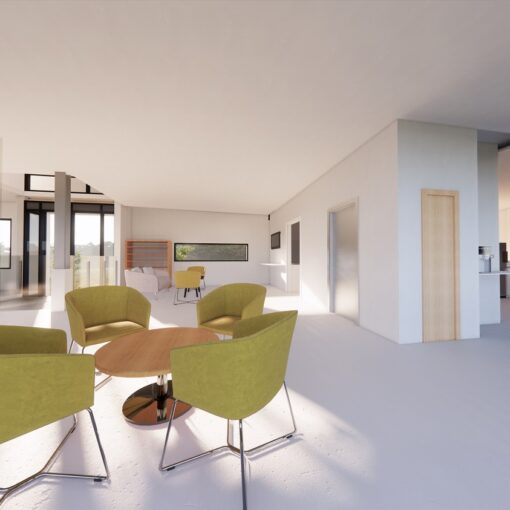The story of the North Carolina couple who may be forced to tear down their new home because the neighbors don’t like how it looks has recently been in the news.
In a nut shell, the couple built a home in a designated “historic district” of home built primarily between the 1880’s and 1910’s. They submitted their design to the building department, planning department and the historic district’s administrative panel, a process which included a 4 hour public hearing. They received permission to build from all the governmental jurisdictions.

Once the house was nearly completed, the neighbor across the street, who lives in a Victorian style home built in the 1990’s, appealed the couple’s permission to build in the historic district, claiming the house was grossly out of character with the district’s existing homes. Their permission to build was revoked. The neighbor is now suing to have their house forcibly torn down.
I can only speculate, but it appears that the planning and historic district approval process did not include a required notification of the neighbors. Otherwise, how could the neighbors not have known what the new house would look like until it was nearly complete?
I like to think that this situation would not have happened in most jurisdictions in the Bay Area. Most local planning departments require that new home projects, and many addition projects go through a neighborhood review process. In San Francisco your design is mailed to every property owner and tenant within 300 feet of your property. In Berkeley, you are told to go door to door showing your design to your neighbor and getting them to sign forms that they have no objections. In Richmond, you are asked to make a presentation before a neighborhood panel and get their approval. All of these processes happen before you can even apply for a building permit.
Many clients object to the amount of time these planning approval processes take up. The planning approval processes for these kinds of projects can take between 3 months to 6 months or longer depending on the jurisdiction and the response from the neighbors. What the clients don’t realize is that the 6 month planning approval process greatly reduces the chances of getting into a situation like this North Carolina couple finds themselves in. Believe me, getting sued when your house is almost done, unable to finish the project and facing the possibility of being forced to tear down your dream home is going to be far more expensive, time consuming and emotionally taxing.




